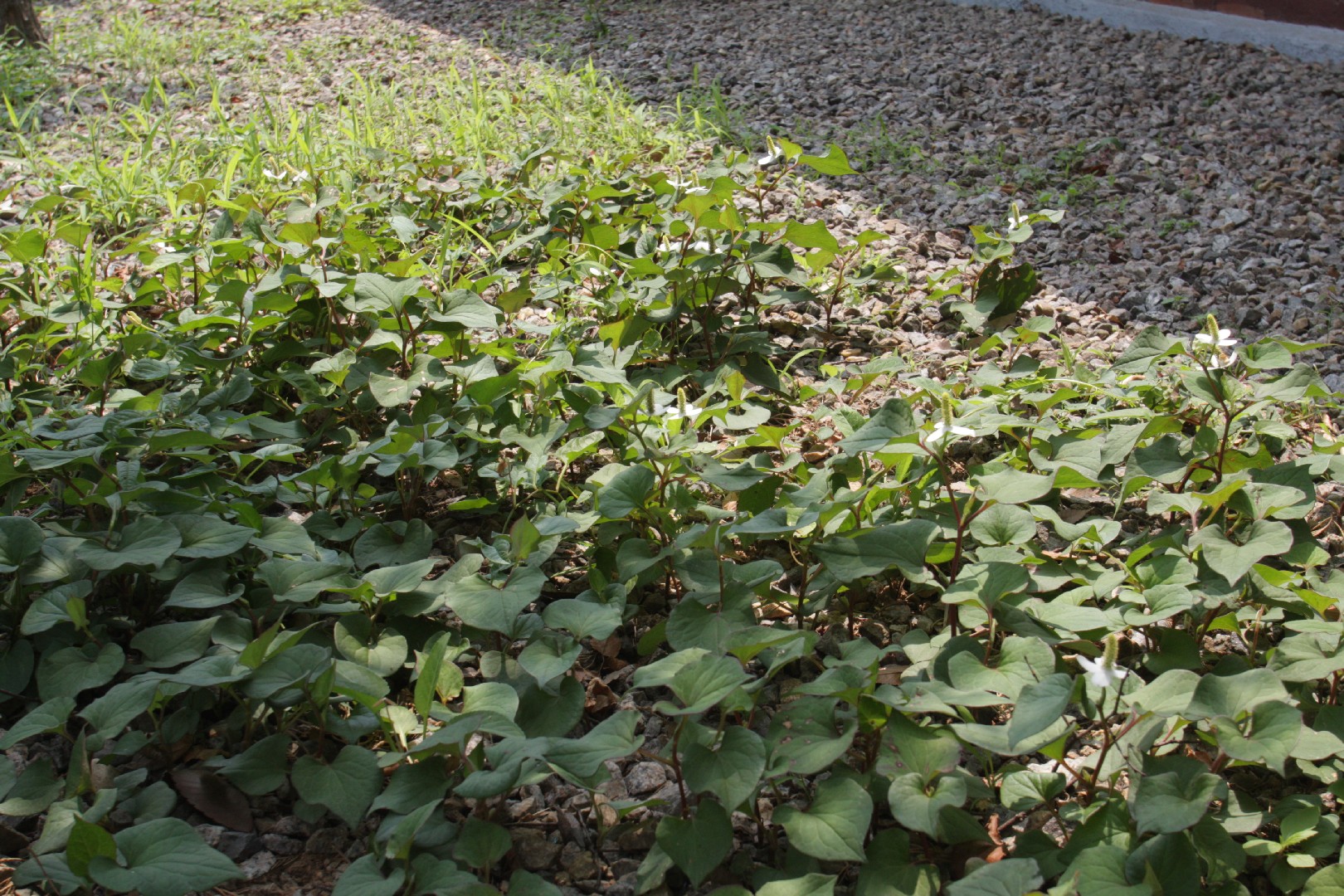Introduction

Bird suet is a crucial source of high-energy food for wild birds, especially during colder months when their natural food supply may be scarce. In this article, we will explore the concept of bird suet, its composition, and the benefits it offers to avian species. Additionally, we will delve into the world of packaged suet, examining its convenience, nutritional enhancements, and how it differs from homemade alternatives.
Definition of Bird Suet

Bird suet is a specialized type of animal fat that is rendered and processed to create a solid block or cake-like form. It serves as a valuable food source for birds due to its high concentration of saturated fats, which provide them with the energy they need to survive and thrive, particularly during colder months.
Explanation of Packaged Suet

Packaged suet refers to commercially processed suet that is conveniently packaged and available for purchase in stores. It comes in pre-formed blocks or cakes, making it easy to use and hang in bird feeders. The packaging of suet blocks is designed to preserve freshness and quality, often utilizing airtight or resealable containers.
One advantage of packaged suet is the variety of formulations and flavors available. Different brands may incorporate additional ingredients such as seeds, grains, fruits, or insects to enhance the nutritional value of the suet and attract a wider range of bird species.
Furthermore, packaged suet offers convenience for bird lovers. It eliminates the need for rendering fat and preparing suet from scratch, saving time and effort. With packaged suet, bird enthusiasts can easily provide a consistent and reliable food source for their feathered friends.
In the following sections, we will delve deeper into the longevity of packaged suet, exploring how its shelf life is affected by various factors such as storage conditions, exposure to oxygen, and the addition of preservatives. We will also provide practical tips for storing packaged suet to maximize its shelf life and ensure its freshness for the birds we aim to nourish.
How Long Does Packaged Bird Suet Last?

Bird suet is a popular choice among bird enthusiasts for attracting a variety of species to their backyard feeders. To ensure the freshness and effectiveness of packaged bird suet, it’s important to understand its shelf life, which can vary depending on several factors.
Unopened Packages
Unopened packages of bird suet generally have a longer shelf life compared to opened packages. The specific shelf life can vary depending on the packaging, storage conditions, and the product itself. Typically, unopened packaged bird suet can last anywhere from several months to a year or more if stored properly.
It’s essential to check the manufacturer’s label or packaging for any specific expiration dates or recommended storage guidelines. Some bird suet products may contain preservatives or additives that can extend their shelf life. However, it’s important to consider the quality and freshness of the ingredients used, as these can affect the overall longevity and appeal to birds.
Opened Packages
Once a packaged bird suet is opened, its shelf life decreases significantly compared to unopened packages. Exposure to air, moisture, and contaminants can accelerate spoilage and diminish its overall freshness. To maximize the shelf life of opened bird suet, it’s crucial to take appropriate storage measures.
Opened packages of bird suet should be stored in airtight containers or resealed packaging to minimize exposure to air and moisture. This helps to preserve the suet’s freshness and prevent it from drying out or becoming rancid. The shelf life of opened bird suet can vary depending on storage conditions, temperature, and the presence of preservatives.
As a general guideline, it is recommended to use opened bird suet within a few weeks to a couple of months for optimal freshness and bird attraction. Regularly check for any signs of spoilage, such as mold, unpleasant odors, or changes in texture. If any of these indicators are present, it’s best to discard the suet to ensure the health and well-being of the visiting birds.
By understanding the shelf life of packaged bird suet, both unopened and opened, bird enthusiasts can make informed choices about their purchase and storage strategies. With proper storage and timely usage, bird suet can continue to attract a delightful array of feathered visitors to the backyard.
Factors Affecting the Shelf Life of Packaged Suet

Packaged suet is a popular choice among bird enthusiasts for attracting a variety of species to their backyard feeders. To ensure the longevity and quality of suet, several factors come into play. In this section, we will explore three key factors that significantly affect its shelf life: storage temperature, exposure to oxygen, and the addition of preservatives.
Storage Temperature
The storage temperature plays a crucial role in maintaining the freshness and integrity of suet. To maximize its shelf life, store suet in a cool and dry place. High temperatures can accelerate melting or cause the suet to become rancid more quickly. Ideally, the storage temperature should be below 70°F (21°C) to ensure the suet remains intact and fresh for an extended period.
Avoid storing suet near heat sources such as radiators or direct sunlight. Instead, opt for a shaded area or a cool spot in your storage area to help preserve the suet’s texture and nutritional value.
Exposure to Oxygen
Oxygen exposure can have detrimental effects on the quality and shelf life of suet. When suet comes into contact with oxygen, the fats it contains undergo oxidation, leading to spoilage. To minimize oxygen exposure, store suet in airtight packaging.
Manufacturers often use oxygen absorbers or vacuum-sealed packaging to limit oxygen’s presence in packaged suet. These methods reduce the risk of fat oxidation and maintain the suet’s freshness for a longer duration.
Adding Preservatives
Preservatives play a vital role in enhancing the shelf life of suet. Many suet products include preservatives to inhibit the growth of bacteria and fungi, preventing spoilage and extending their longevity.
Commonly used preservatives in suet include butylated hydroxytoluene (BHT) and butylated hydroxyanisole (BHA). These additives help preserve the quality and freshness of suet by preventing the growth of microorganisms that can lead to degradation and spoilage.
Review the ingredient list when purchasing suet to determine if any preservatives have been added. This information can guide you in selecting suet products with extended shelf life, ensuring the suet remains suitable for bird consumption over a more extended period.
By considering these factors—storage temperature, exposure to oxygen, and the use of preservatives—you can maximize the shelf life of packaged suet and provide a consistent and nutritious food source for the birds visiting your backyard feeders.
Tips for Storing Packaged Suet

Proper storage of packaged suet is crucial to maintain its freshness, nutritional value, and prevent spoilage. Here are some essential tips to help you store packaged suet effectively:
Store in a Cool and Dry Place

Packaged bird suet should be stored in a cool and dry location to prevent melting, rancidity, and spoilage. Avoid storing suet in direct sunlight or near heat sources such as radiators or ovens.
Refrigerate or Freeze
For optimal shelf life, especially in warmer months or regions with high temperatures, store packaged suet in a refrigerator or freezer. These lower temperatures help prolong its freshness and prevent it from going bad.
Ensure suet is properly sealed in an airtight container or resealable bag when storing it in the refrigerator or freezer. This step prevents moisture absorption and freezer burn, maintaining the suet’s quality.
Check Manufacturer’s Instructions

Before storing suet, check the packaging for any specific storage instructions or recommendations provided by the manufacturer. Different brands may have specific guidelines regarding storage conditions that can help maximize the shelf life of the suet.
Monitor Expiration Dates
Keep an eye on the expiration date of the packaged suet. Use the suet before the recommended date for optimal freshness and quality. Consuming suet past its expiration date may result in reduced nutritional value or potential spoilage.
Discard Spoiled Suet
If you notice any signs of mold, unusual odor, or discoloration on the suet, discard it immediately. These signs may indicate spoilage or contamination, and consuming spoiled suet can be harmful to birds.
Consider Quantity and Bird Population

Consider purchasing suet in smaller quantities if you have a smaller bird population or if the suet tends to spoil before it can be consumed. This approach minimizes waste and ensures that fresh suet is always available for your feathered visitors.
By following these tips, you can ensure that your packaged suet remains fresh, nutritious, and enticing for birds throughout its shelf life.
Conclusion


In this blog post, we explored the factors that affect the shelf life of packaged bird suet. We learned that proper storage is crucial for maintaining its quality and preventing spoilage. By storing suet in a cool and dry place, minimizing oxygen exposure, and considering the use of preservatives, you can maximize its shelf life.
Remember to check the manufacturer’s instructions for specific storage recommendations and promptly discard any suet that shows signs of spoilage. By implementing these tips, you can provide fresh and nutritious suet for your feathered friends throughout the year.
Thank you for reading our blog post. If you have any further questions or suggestions, please feel free to leave a comment below. Happy bird watching!
Conclusion
Bird suet is a popular and convenient food source for many bird species. To ensure the freshness and nutritional value of packaged suet for the feathered visitors in your backyard, it’s important to understand its shelf life and implement proper storage practices.
Summary of Shelf Life Information
Packaged bird suet typically has a shelf life of 6 to 12 months, which can vary depending on factors such as brand, ingredients, preservatives, packaging materials, and storage conditions. High-quality suet products often have a longer shelf life due to effective preservation methods and superior packaging techniques. To determine if the suet is still within its shelf life, check the expiration or best before date printed on the packaging.
Recommendations for Maximizing Shelf Life
To maximize the shelf life of packaged suet, consider the following recommendations:
-
Proper Storage: Store the suet in a cool, dry place away from direct sunlight. This helps maintain its freshness and nutritional value by preventing accelerated deterioration from heat and sunlight exposure.
-
Keep in Original Packaging: Keep the suet in its original packaging until ready to use. The packaging is designed to protect and maintain freshness. Prematurely opening the package exposes the suet to air, moisture, and contaminants, leading to a shorter shelf life.
-
Prevent Moisture Infiltration: Ensure the packaging is tightly sealed to prevent moisture infiltration. Moisture promotes mold and bacteria growth, compromising the quality and safety of the suet. Avoid storing the suet in high humidity areas or near water sources.
-
Freezing Excess Suet: If you have bulk suet or leftovers, divide it into smaller portions and freeze the excess. Freezing significantly extends the shelf life of bird suet. Properly wrap or store the suet in airtight containers to prevent freezer burn.
-
Regular Inspection: Regularly inspect the suet for signs of spoilage, such as an off smell, mold growth, or discoloration. If any of these signs are present, discard the suet to avoid potential harm to birds. Maintaining a clean feeding area and regularly replacing suet supports the health and well-being of visiting birds.
By following these recommendations, you can prolong the shelf life of packaged bird suet, providing a fresh and nutritious food source for the birds that visit your backyard.
Remember, the well-being of birds depends on the quality of the food they consume. Understanding the factors that influence the shelf life of packaged suet and implementing proper storage practices creates a welcoming environment that supports the health and vitality of our feathered friends.
Frequently Asked Questions
FAQ
1. How long does packaged bird suet last?

Packaged bird suet typically has a shelf life of 6 to 12 months, depending on factors such as brand, ingredients, preservatives, packaging materials, and storage conditions. To determine the specific shelf life of a packaged suet product, check the expiration or best before date printed on the packaging.
2. Can I use packaged bird suet past its expiration date?

It is generally not recommended to use packaged bird suet past its expiration date. The expiration date indicates the estimated period of optimal freshness and quality. Consuming suet beyond this date may result in reduced nutritional value or potential spoilage, which can be harmful to birds.
3. How should I store packaged bird suet to maximize its shelf life?
To maximize the shelf life of packaged bird suet, store it in a cool, dry place away from direct sunlight. Keep the suet in its original packaging until ready to use, ensuring it is tightly sealed to prevent moisture infiltration. Consider freezing excess suet in airtight containers to extend its shelf life further.
4. What are the signs of spoiled packaged bird suet?
Signs of spoiled packaged bird suet include an off smell, mold growth, or discoloration. If you notice any of these indicators, it is best to discard the suet to avoid potential harm to birds. Regularly inspect the suet and maintain a clean feeding area to support the health and well-being of visiting birds.
5. Can I make homemade suet last as long as packaged suet?
Homemade suet typically has a shorter shelf life compared to packaged suet due to the absence of preservatives and specialized packaging. However, proper storage practices, such as refrigeration or freezing, can help extend the shelf life of homemade suet. It is important to monitor and discard homemade suet if any signs of spoilage occur.


Leave a Reply